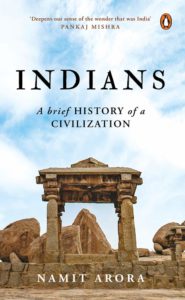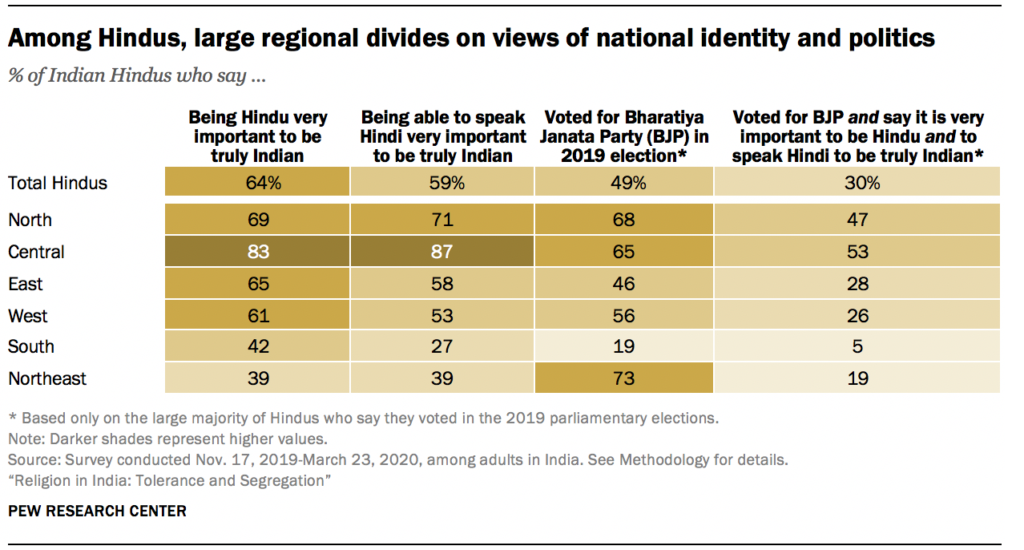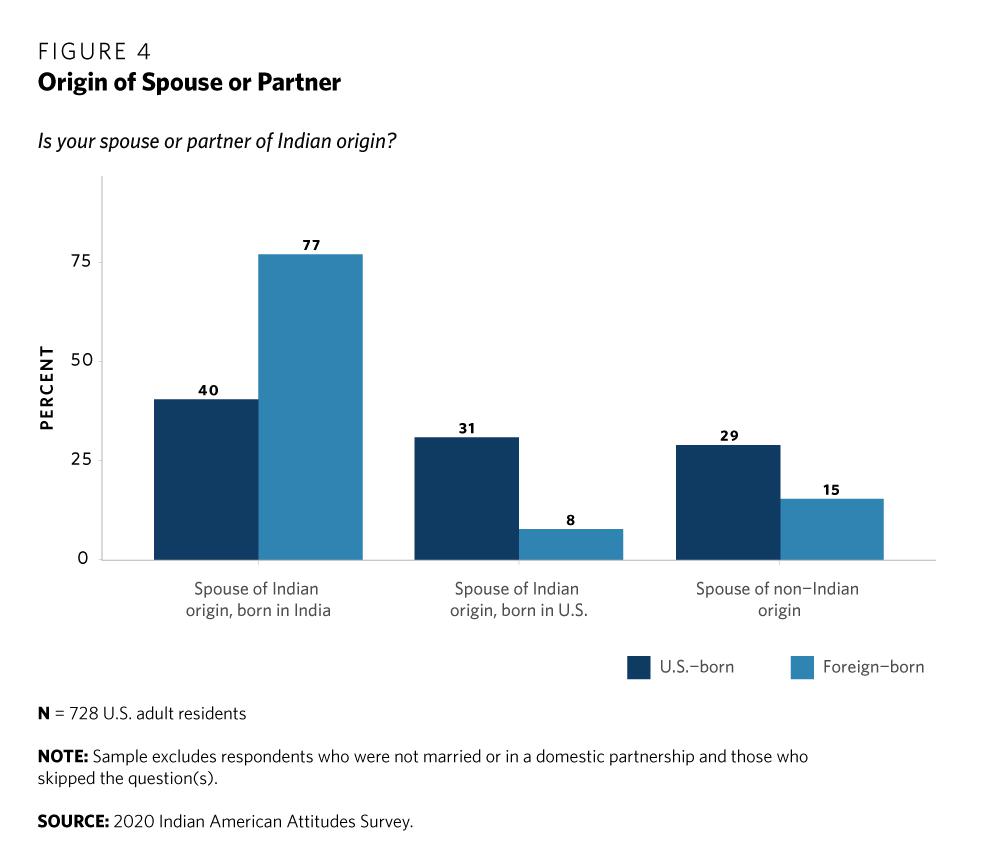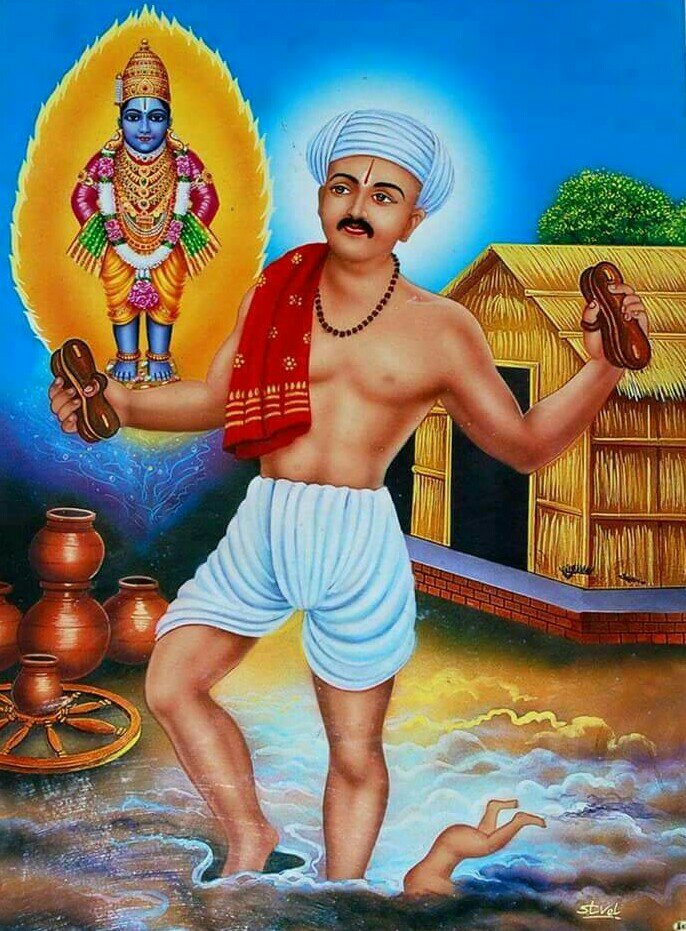
As an atheist, I don’t appreciate and understand religious leanings especially the spiritual and devotional aspects. But from time to time I obsessively listen to Devotional songs especially Marathi Abhangs. One of the earliest Marathi devotional songs I remember seeing is a song titled Tujhe Roop Chitti Raho. The song is a devotional song to the deity Vitthoba by a Bhakti saint Gora Kumbhar. The ghastly incident picturized in the song is
Once, his wife left her child in the courtyard where Gora Kumbhar was working and went to bring water. Gora Kumbhar was busy in preparing the mud required to make the earthen pots and was as usual engrossed in singing bhajans of Pandurang. His child playing near him, fell in the shallow ditch where the mud for preparing the pots was laid. Gora Kumbhar was churning the mud with his feet. While doing so, he accidentally crushed his child under his feet. He was so lost in singing the bhajans of Pandurang that he didn’t even hear the cries of his child.
Though as an 8-9-year-old boy, this song had a profound effect on me, the reaction I felt back then nothing compared to the one I felt last week as a father of an infant in the age of Helicopter parenting. The tale invokes comparisons to the sacrifice of Issac by Abraham to the one God. In the tale of Gora Kumbhar, his boy is brought back to life thanks to Vitthal while in the case of Abraham a messenger of God stops Abraham from sacrificing his son.
For all the 3 major dharmic faiths of the subcontinent at that time, this Bhakti might have been a surprising element. We don’t know much about the Brahminical response to this particular case, but it unlikely that it would have been positive given what we know about the Brahminical response to the Bhakti movement in general. In the Buddhist view of Karma, Gora Kumbhar might be dealt with less harshly as he had not intended to crush his son. The Jaina view however would result in significant negative Karma associated with Gora Kumbhar. In the Bhakti narrative, it’s penance (where Gora Kumbhar broke his arms) that started the annulling of his bad Karma. However, according to the tale, Vitthal only brings his son back to life when Gora Kumbhar’s wife who has been abusing Vitthal and her husband’s blind bhakti for the loss of her son, prays to the Lord Vitthal. The example of Gora Kumbhar crushing his child under the intoxication of Pandurang is extreme and strawman-ish for the sake of the argument but I use it nonetheless as the difference between this and the mainstream Bhakti movement is not one of quality but magnitude alone.
This is not a case of modern morals dissecting and judging medieval tales, but the criticism of the core idea of Bhakti itself. The suspension of belief, apparent transcendence felt while deeply engrossed in the Bhakti is physiologically not very dissimilar to the effects of psychedelics. Why then in a society where the latter is taboo while the earlier is revered? For this particular reason, for all the elements of social progressivism in it, (something I am partial towards), I have never truly had a fully positive outlook towards the Bhakti movement.
Unlike spirituality and religions, politics in general though rife with religion and demagoguery has counter-balancing pragmatic currents, especially in democracies. Coming to the title of the post, sometimes I wonder whether the pejorative “Bhakt” was used for Modi/Hindutva followers (implying their blind faith in Modi and the doctrines of Hindutva) is a harsh use of the word on Hindutvavadis. I have used the word as a pejorative and I have been called out by people of the Hindutva leanings for using a word with positive religious connotations as a pejorative. While I sometimes agree with this criticism, I do so for the exact opposite reason. I find a lot of even most hardline Hindutvavadis, rational in their personal lives and not prone to Bhakti – an exact opposite of the archetypical Bhakt.
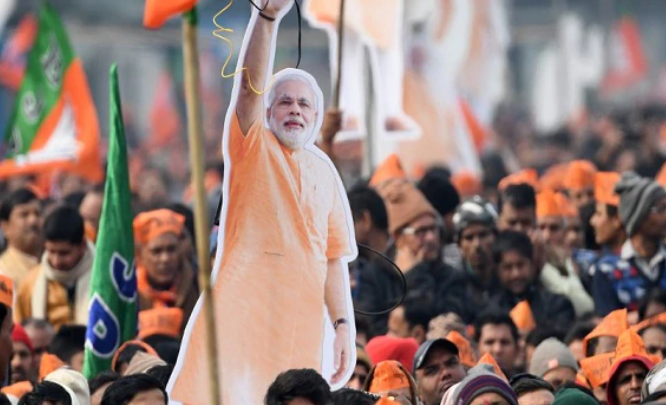
For all the criticisms one can have of Modi, he has actually delivered quantifiable benefits to large masses of Indians. I cant totally put a finger on it, but I see a tangible difference between the adulation Narendra Modi receives from his supporters to the adulation South Indian leaders – Amma, MGR, YSR have received in the past. The second has all the tell-tale signs of Bhakti, while Modi’s support base and particularly the broader Hindutvavadis lack it. Though one might argue that the cult of Modi is barely ten years old, and it could reach new heights in the near future making my current assertion out of date – but that’s to be seen.
In retrospect, particularly in the state of Maharashtra, we can see the Bhakti movement as a catalyst that had magnified and spread confessionalism and devotion in a personal god into the ritualistic orthopraxy of elite-driven Hinduism thus making Hinduism competitive with monotheistic faiths. It also enlightened the masses to the political and social currents of their environment thus empowering the Rayat (masses) who got their Raja in the coming centuries. In other words, the Bhakti movement fertilized the ground on which the Maratha Hindavi Swarajya and later Hindutva germinated. This point has been more succinctly and coherently by @kaeshour in Hindutva is the woke culture of India.
Yet it is fair to say a sense of historical injustice and insecurity is the sentiment that drives Hindutva not Bhakti, but that’s a separate discussion. Is it fair to see the term Bhakt as a pejorative, If yes then for whom? Anyways in the woke currents of times we live in, I cannot see any other beneficiary of the current use of the word Bhakt* than Hindutva. Not that any partisan liberal will see this.




